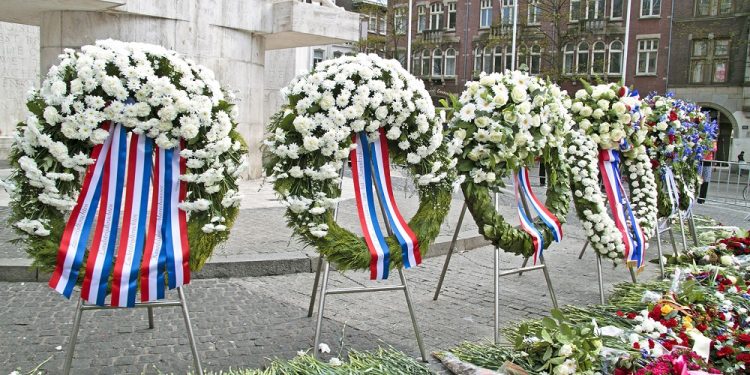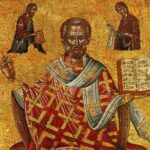
Liberation Day in Netherlands
Liberation Day in the Netherlands—known in Dutch as Bevrijdingsdag—is a holiday observed annually on May 5th. It marks the end of the Nazi occupation during WWII. It comes the day after Remembrance of the Dead—a day that commemorates the people of the Kingdom of the Netherlands who have died during peacekeeping missions and wars since World War II.
Liberation Day was originally celebrated only every five years after the liberation of the country, but it was declared a national holiday in 1990, and ever since, it has been observed on an annual basis.
The History of Liberation Day in the Netherlands
On May 10, 1940, the forces of Nazi Germany began their occupation of the Netherlands. On May 14 of that same year, the city of Rotterdam was bombed, and the Dutch command surrendered to the Nazis.
The Netherlands would remain under Nazi occupation until 1945, when the Netherlands would be liberated by Allied forces. May 5th was then established as Liberation Day in the Netherlands. This holiday was originally observed every five years; then, in the 1990s, it began to be observed on a yearly basis.
Facts About the Netherlands
We’ve rounded up some amazing facts about the Netherlands that just about everyone can appreciate. Let’s take a look at them before moving on with how this holiday is celebrated.
- The Netherlands has the highest population density in Europe.
- The Netherlands is the 6th happiest country in the world—at least, according to the latest research.
- The Netherlands is one of the healthiest countries in the world.
- There are more bicycles in this country than there are people.
Observing Liberation Day in the Netherlands
This is a day off for the general population, and many people take part in the celebrations. The Prime Minister opens up the year’s festivities, and free festivals all over the country are held. Plays, music festivals, and poetry readings can be found at these festivals—as can food and fun of all different types.








